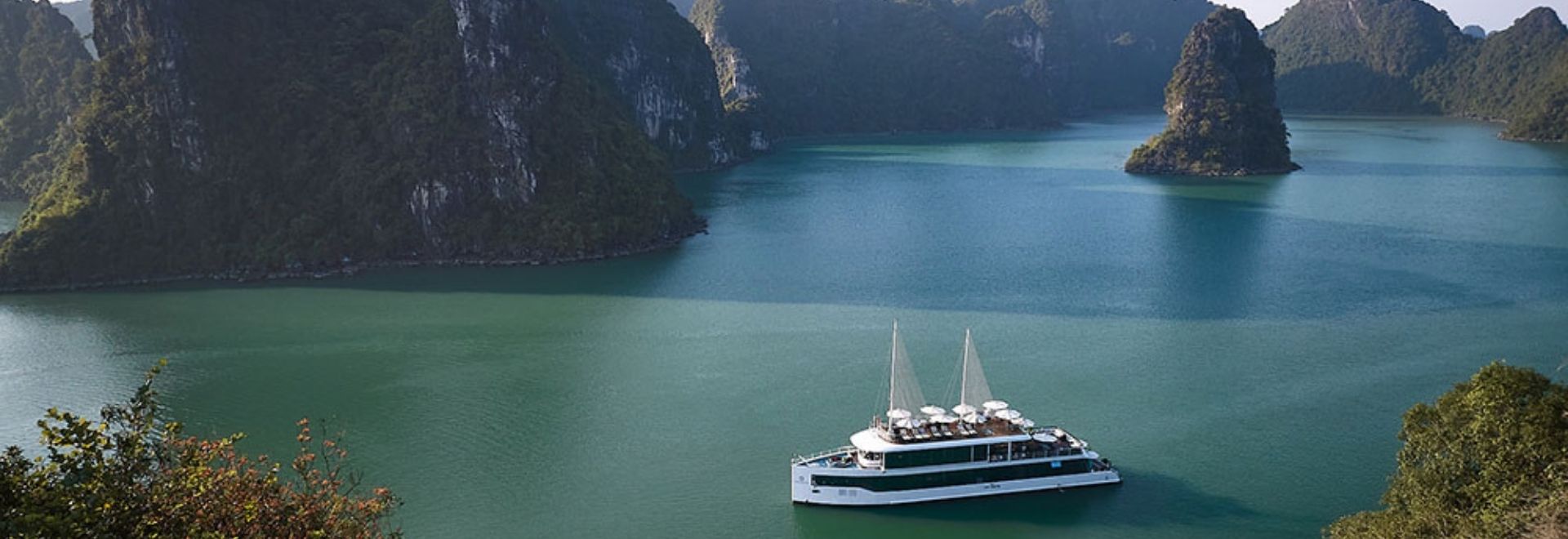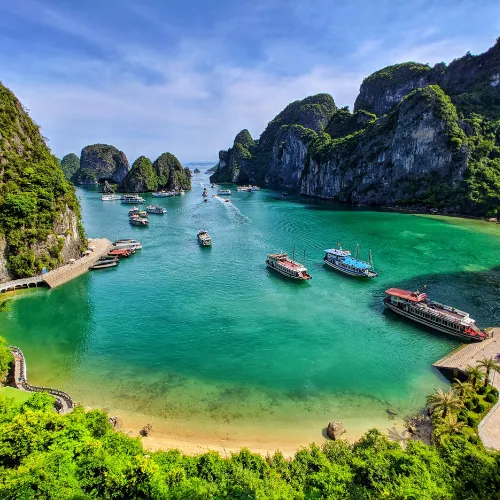The Killing Fields, Cambodia
Although holidays are meant to be fun, sometimes there are certain places that make the hairs on the back of our necks stand up for all the wrong reasons. Cambodia’s Killing Fields is one such location. No trip to Phnom Penh, nor to Cambodia, is complete without visiting the village of Choeung Ek and Tuol Sleng Museum of Genocide. You’ll never view this pocket of Southeast Asia in quite the same way, ever again.

The Killing Fields – Millions of Cambodians were put to work in the countryside without mercy, and agrarian socialism was taken to its extremes. Labour camps were set up. Starvation, disease and exhaustion were rife. Birth records were destroyed. Mass executions were commonplace. No bullets were wasted; they took place with pick axes, bamboo, knives.
An orchard in the village of Choeung Ek, just 10km outside Phnom Penh, was one of hundreds of sites that served as mass graveyards. Prisoners from S-21 Security Prison would be transported to Choeung Ek and forced to dig their own graves. Often, people were so frail and weak with hunger that hardly any earth was removed. Shallow graves were all that could be formed; the dead barely covered.
Choeung Ek is one of many ‘Killing Fields’ in Cambodia. Human bones can still be seen sticking out of the ground. A Buddhist stupa, packed with thousands of skulls, serves as a memorial to the dead.
The name ‘Killing Fields’ was first termed by Dith Pran, a Cambodian photographer who worked with American journalist Sydney Schanberg. Together, Pran and Schanberg covered the fall of Phnom Penh in 1975 for the New York Times. Schanberg would be allowed to leave the country; Pran would not. Pran’s escape attempts and his relationship with Schanberg, set against the backdrop of the Khmer Rouge take over, are what formed the basis for the book and the film of the same name.
Confronting Cambodia’s all too recent past by visiting the Killing Fields is just as important as visiting the Tuol Sleng Genocide Museum. Although you are not obliged to visit either site as part of an organised tour we implore you to do so no matter how hard it might be. Visiting both sites with a local guide can be an incredibly moving experience, one never to be forgotten.
Cambodian people have been through hell and back. Paying your respects is the least you can do before continuing your travels from, perhaps, a more thoughtful and deeper perspective.




